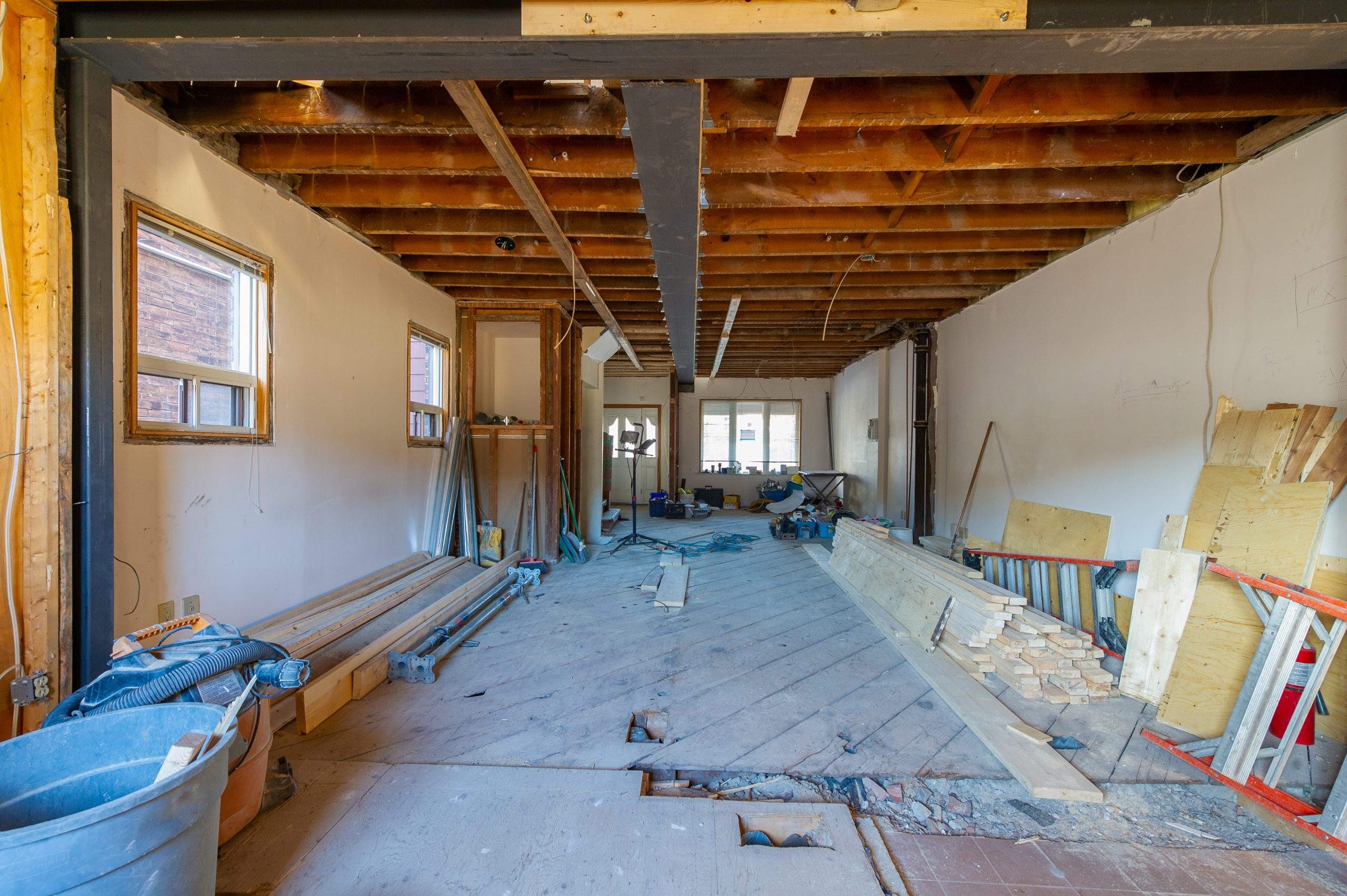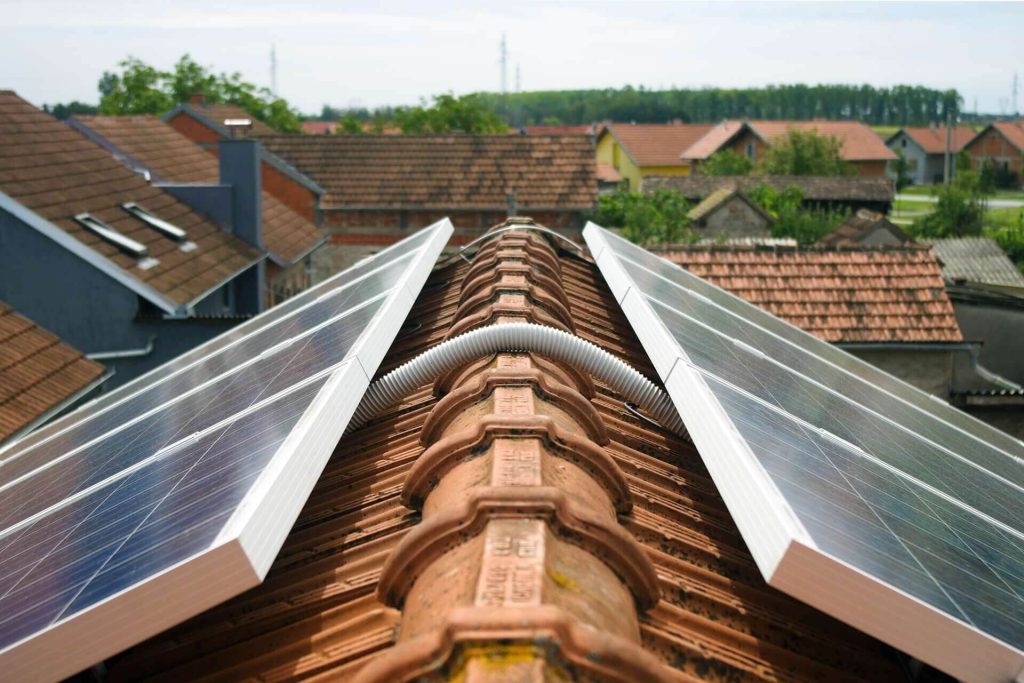Supervisors
The project
Residential buildings account for 8.6% of total energy consumption, 24% of electricity use, and over 10% of carbon emissions in Australia. Most Australian homes were constructed before the implementation of minimum energy performance requirements, without adequate consideration for climate adaptation and energy efficiency. While recent regulations have raised these minimum requirements, existing homes remain exempt. Research indicates that upgrading low-performance homes is more effective at reducing carbon emissions than demolition and reconstruction. With the majority of these homes expected to remain standing until 2050, this presents an urgent national challenge requiring immediate attention.
Energy retrofitting of existing housing stock is crucial for reducing energy consumption and greenhouse gas emissions. However, the retrofit decision-making process is complex, involving choices between active and passive strategies with often competing objectives. These objectives vary among stakeholders, from minimising investment costs to reducing energy demand and emissions. This study addresses this challenge by developing a comprehensive approach to balance financial constraints with environmental goals in Australia’s existing low-performance housing archetype, with the ultimate aim of achieving near-zero energy consumption.
This research introduces an innovative five-step framework that combines simulation-based multi-objective optimization using the Non-dominated Sorting Genetic Algorithm II (NSGA-II) with multi-criteria decision-making approaches. The framework aims to simultaneously optimise thermal energy demand, investment costs, and carbon emissions.
Status
- In Progress
Research Partner
Industry Partner
TBC
Expected Start Date
April 2025
Expected End Date
September 2025
Project Code
0961






